Disclosure: We may get commissions for purchases made through links in this post.
A fire pit is a great addition to your hardscape, especially during cold seasons. Although it only occupies a small area of your patio or yard, fire is bound to get out of control, hence why you need pavers to entrap it. A follow-up question you might have in mind is how many pavers you need to build a fire pit. To help you decide, we have consulted masonry experts to find the most helpful answer for you.
To build a circular fire pit with an interior diameter of 36", you would need 80 brick pavers, each measuring 8″x4″x2.25″ with a 0.375" gap allowed for mortar and 100 pavers for a 44" fire pit with the same measurements. Note that the number of pavers largely depends on the size, shape, and type of pavers you choose. For instance, using firebricks with thickness between 1.25" and 2.5" requires 48 brick pavers for a 36" fire pit and 55 pavers for a 44" fire pit.
Choosing the size of your fire pit and pavers might be confusing, especially if you're embarking on a DIY project with limited instructions. There is no hard and fast rule to follow, but keep reading to learn the best way to calculate how many pavers you need, the heat resistance of pavers, plus other fire pit construction tips.
![Beautiful swimming pool with early morning sun in the tropics, How Many Pavers Do You Need For a Fire Pit? [Including 36-Inch & 44-Inch Circular Pits]](https://pavingplatform.com/wp-content/uploads/2022/03/How-Many-Pavers-Do-You-Need-For-a-Fire-Pit-Including-36-Inch-44-Inch-Circular-Pits.png)
How Do I Calculate How Many Pavers I Need For a Fire Pit?
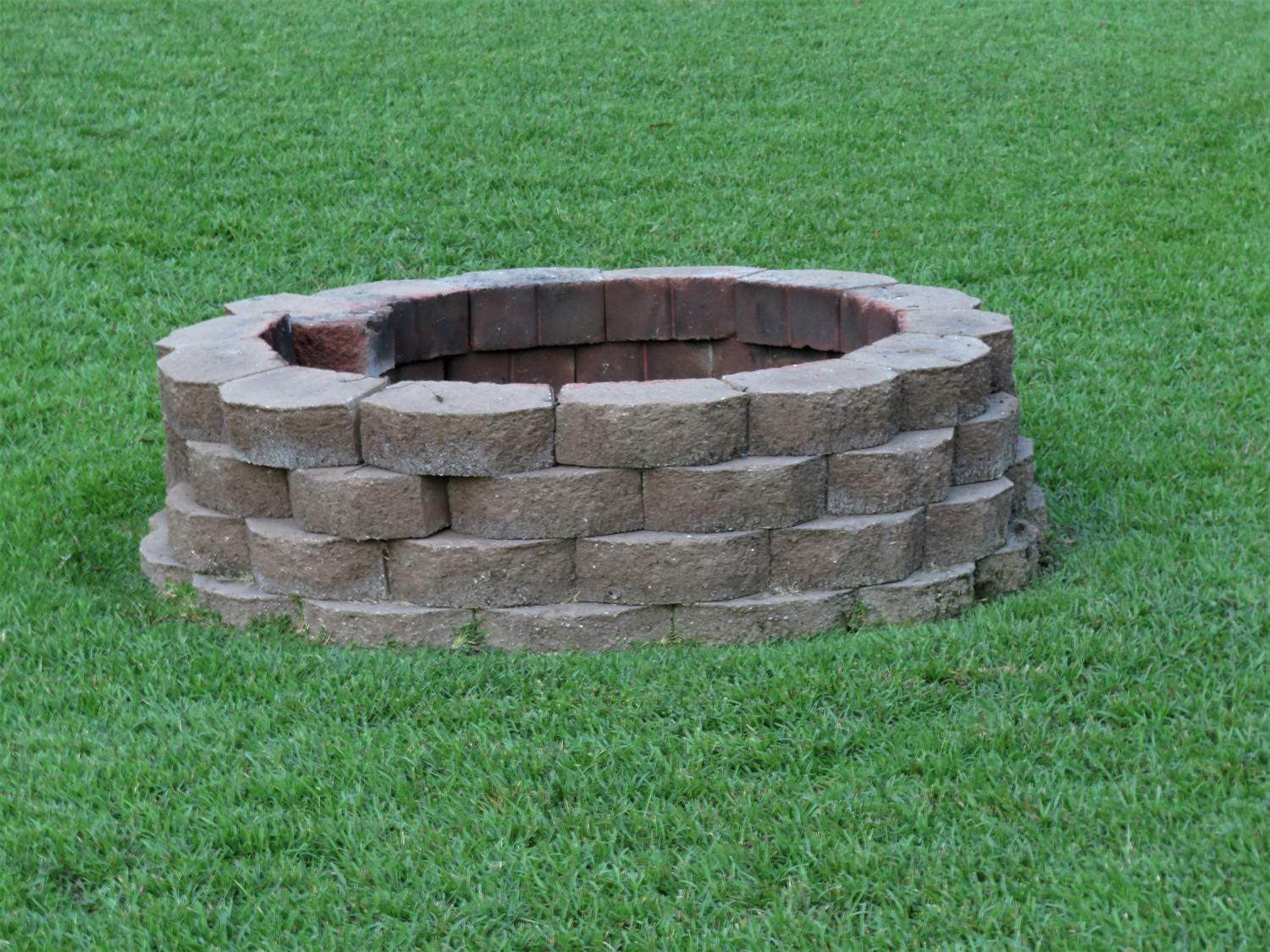
To know the accurate number of pavers for your fire pit, you would need to do some simple calculations. There are fire pits of different sizes, according to what is allowed by your local building codes, but generally, the standard fire pit size ranges from 36" to 44".
First, you have to check for the best place in your patio or backyard to build your fire pit. It is recommended you build your fire pit about 20 feet away from the main building or any surrounding structures like pergolas or dog houses.
The second step is to calculate the total size of the area your fire pit would occupy. The result of the width multiplied by length would give you the area, measured in square footage. Divide your answer by the surface area of your chosen pavers.
Formula For Calculating Number Of Pavers Needed
The height of your fire pit divided by the height of individual pavers equals the number of rings for the firepit.
The total size of the fire pit area multiplied by the number of fire pit rings equals the number of pavers needed.
How Much Mortar Is Needed For Fire pit Pavers?
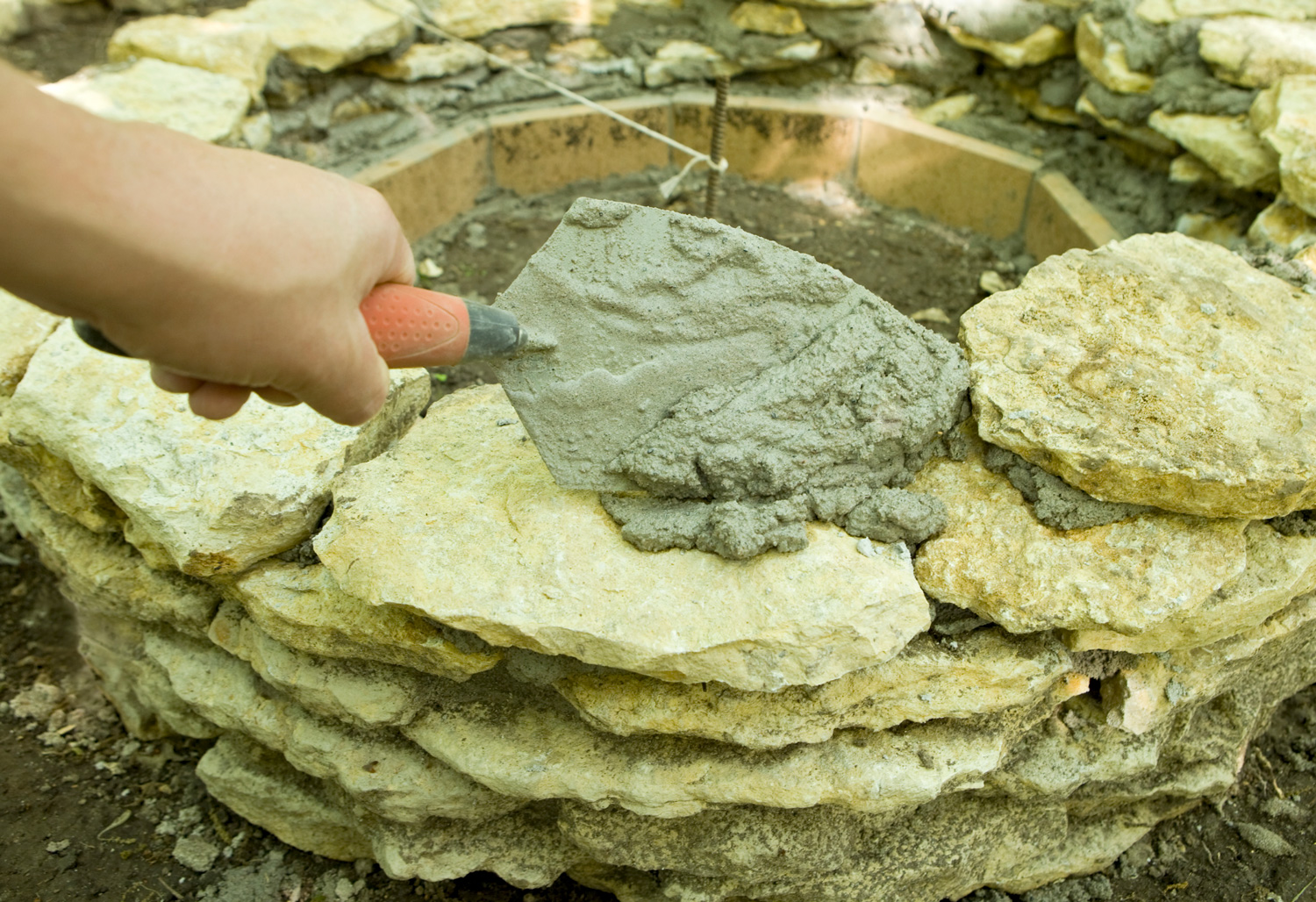
Mortar is a material used for construction to bind bricks, stones, and pavers. It is made of cement, sand, and lime and hardens within 24 to 48 hours. While building your fire pit, mortar is essential as it serves as the glue between each paver.
For building a 36" to 44" fire pit, you would need about 60 pounds of mortar mix. You can use a large pan or wheelbarrow to mix the mortar and spread it on your pavers using a trowel. Read this article on other binding materials for pavers.
Choosing The Best Material For Fire Pit Pavers
Bricks are primarily used as fire pit pavers, but you have to choose the brick type carefully. Fire pits generate a lot of heat, and as such, not all types of bricks are suitable for fireplaces, and some stones should also be avoided.
Sandstones, for instance, can explode when exposed to fire for a long time. This can be potentially dangerous and cause injury. Concrete pavers are another option you might want to skip when building a fire pit as they can pop when heated, explosively distributing fragments.
Red firebrick is the most recommended material as it can withstand very high temperatures due to its low porosity. You can still use standard brick used for traditional construction if you are on a budget. These are easy to obtain and can withstand very high temperatures; the only drawback is the heavy weight.
How Heat Resistant Are Fire Pit Pavers?
Fire pit pavers can withstand up to 1,800 degrees Fahrenheit of extreme heat. There are no exact standards in calculating how much heat a paver can withstand but choosing the recommended type of pavers can most likely aid in handling high temperatures. As a rule of thumb, the higher the amount of heat, the more heat-absorbing your pavers should be. Check out this article for more about pavers and heat.
Does a Fire Pit Need a Ring [Even With Pavers]?
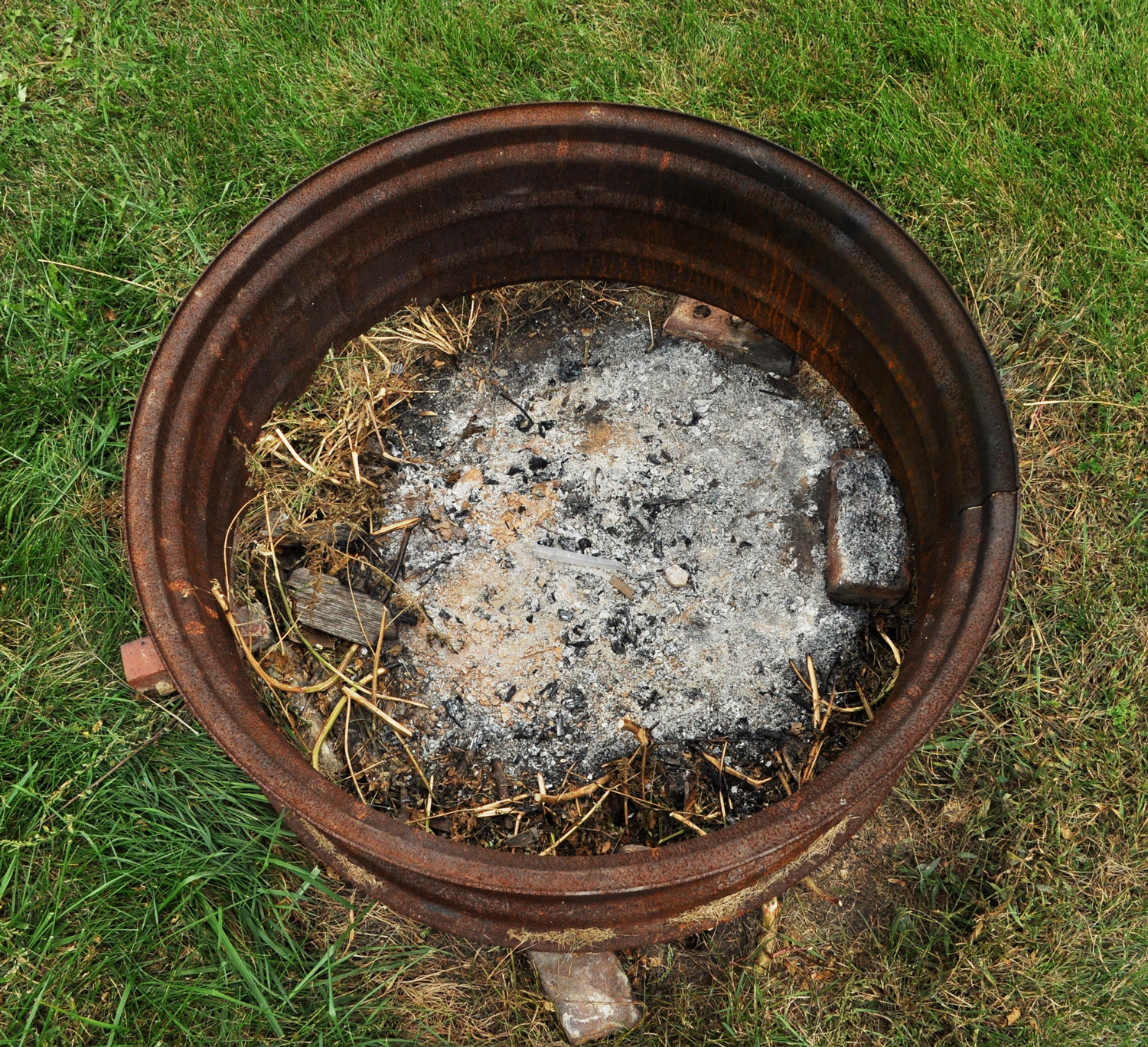
A fire pit ring is a metal fire-proof material placed on the ground to contain a fire. It primarily prevents the spread of fire outside the designated fire pit area. If you're wondering if your fire pit needs one in addition to pavers, then the answer is yes. Fire pit rings are non-combustible, which means they would keep off excessive heat from your fire pit.
Because fire pits are susceptible to high temperatures, they can get damaged over time, affecting your fire pit's overall appearance. The ring also protects heat from destroying the mortar used in holding your pavers in place. You should avoid building fireplaces on areas like patios or pergolas, but if you must, then fire pit rings are essential to avoid fire hazards.
Some people might be worried about the safety of galvanized metal fire-rings, but it is entirely safe as long as your fireplace is built outside your house. Zinc is used to coat galvanized steel, and when heated, it releases zinc oxide.
Inhalation of this chemical can cause flu-like symptoms known as metal fume fever. This mainly occurs with poor ventilation, so in an outdoor environment with a breeze mixed with woodsmoke, you and your companions would be safe.
Do You Need Air Holes in a Fire Pit?
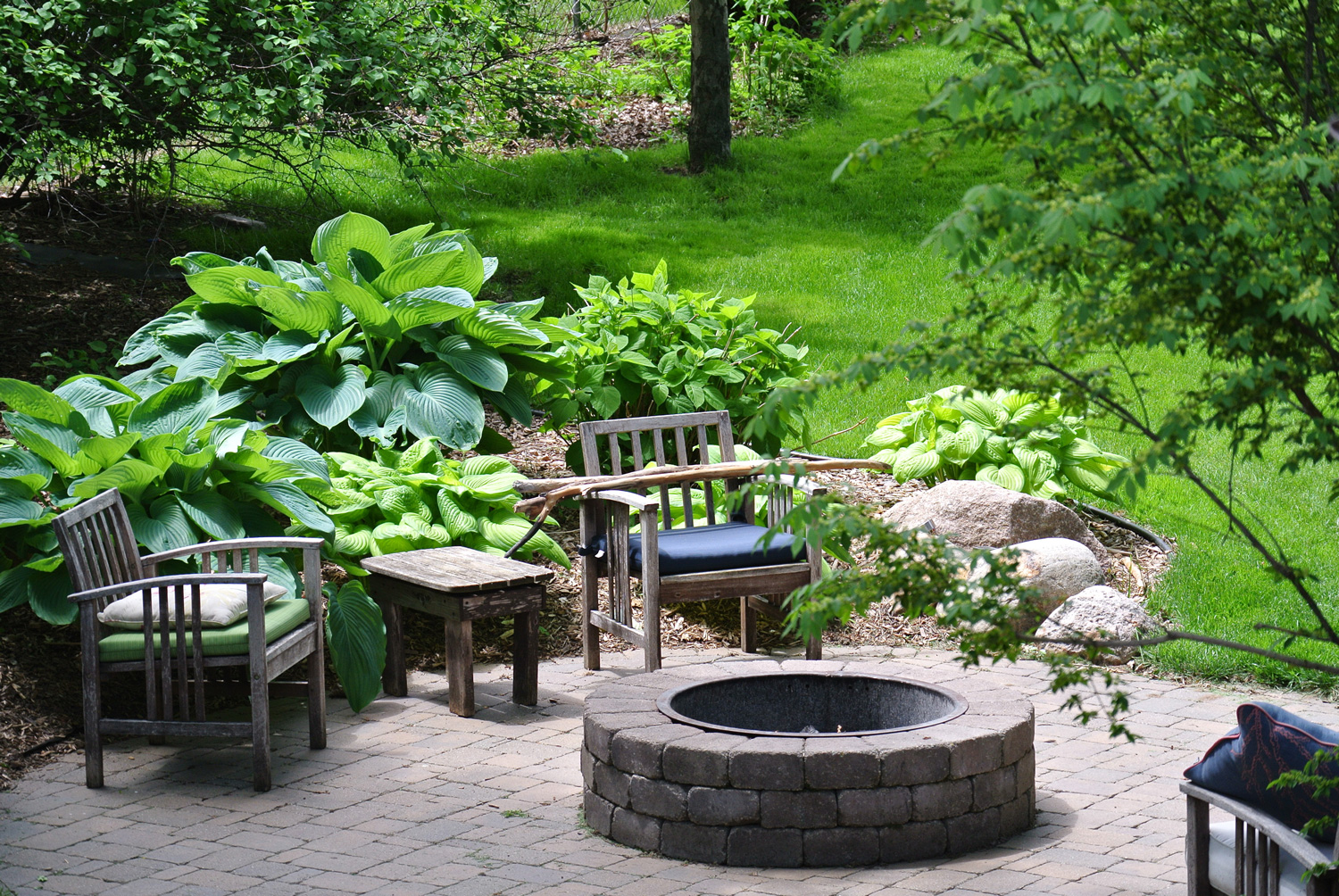
Fire needs oxygen to burn, hence why your fire pit needs air holes, especially in an enclosed area. Proper ventilation ensures your fire keeps burning without spreading to surrounding surfaces. For proper airflow, experts advise you to drill a 2" hole every 24" to 36" around the base of the pit. When making these vent holes, avoid using plastics and PVC as this would likely melt, releasing chemicals that mix with fumes.
The type of ventilation technique depends on the size of your fire pit. For larger pits, you would need more than a 2" hole. If you would like to avoid the hassle of adding air holes to your pit, you can bypass this process by building a smokeless fire pit.
With this type of pit, there is better control of airflow, plus they are placed without a base, and a vent tunnel is placed on the ground to redirect smoke. A downside to a smokeless fire pit is that it can generate more heat and is more expensive to construct.
Final Words
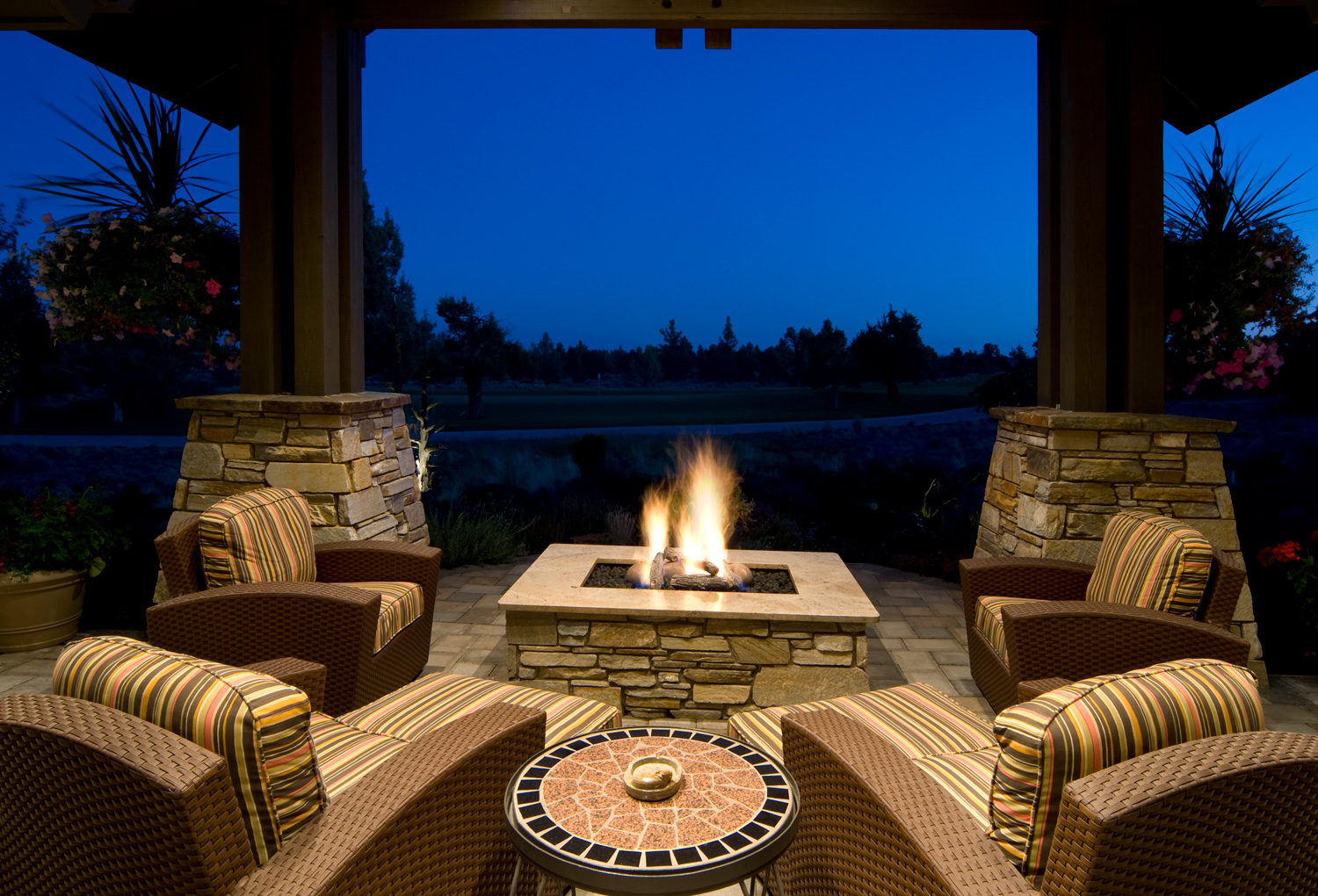
A fire pit doesn't just add aesthetic value to your home, it also provides a place to lounge and creates fun memories with friends and family. You can build a fireplace from scratch as long as you have the right materials and measurements. Adding pavers is a crucial step in maintaining the integrity of your fireplace, plus avoiding starting a wildfire accidentally.
Calculating the number of pavers you need would ensure you buy the correct amount of materials and save the extra cost. Pavers can be made of different materials but avoid using rocks with low heat resistance that can easily be damaged. Finally, remember to add fire rings and holes to regulate airflow and control fire volume properly.

![Vibrant Red Paver Stone Path, Can You Spray Paver Sealer? [How To Apply It]](https://pavingplatform.com/wp-content/uploads/2022/04/Vibrant-Red-Paver-Stone-Path-600x400.jpg)
![Properly laid out red pavers for a garden, Can You Tint Paver Sealer? [And How To]](https://pavingplatform.com/wp-content/uploads/2022/04/Properly-laid-out-red-pavers-for-a-garden-600x400.jpg)
